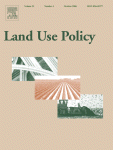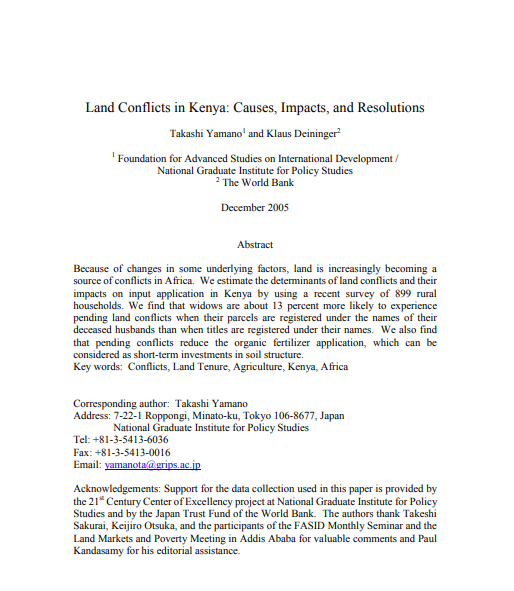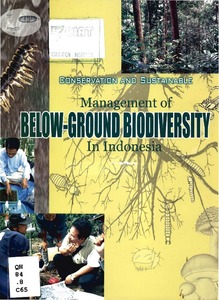Evaluating Impacts of Urban Land Titling: Results and Implications: Preliminary Findings
This paper contains a preliminary summary of key issues and findings from a desk review of
the literature on land titling projects and programmes in urban and peri-urban areas of
developing countries. It draws on a large number of documents, not all of which have been
incorporated into the review at the time of writing. The present bibliography will be
expanded in the final text of the review which is to be completed by early December 2006.








